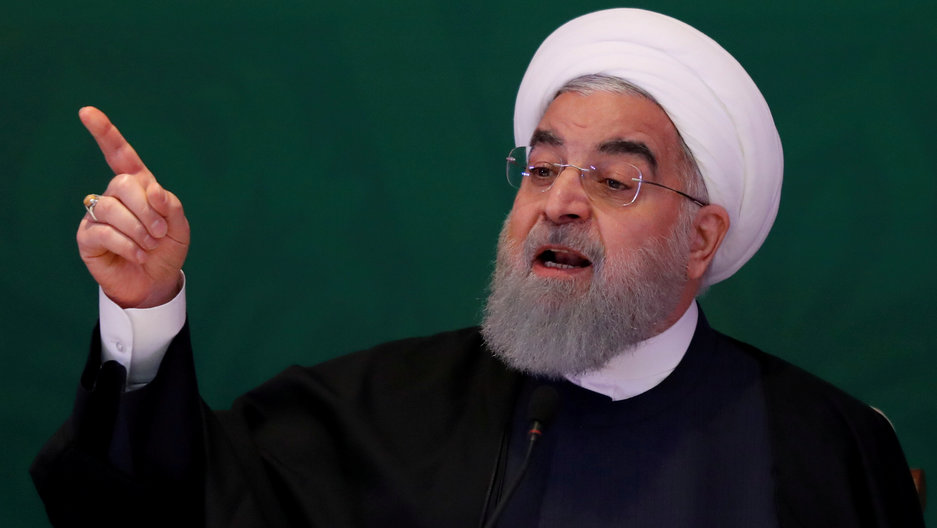By Olusoji Daomi, Esq.
In the annals of modern history, few events rival the significance of February 1st, 1979, in Tehran. On that foggy morning, a chartered Air France flight descended, carrying Ayatollah Ruhollah Khomeini back to Iran after 14 years of exile in Iraq and France. His return marked a seismic shift, heralding the establishment of the Islamic Republic of Iran and fundamentally altering the geopolitical landscape of West Asia.
The return of Khomeini was not merely a symbolic homecoming; it was the culmination of years of struggle against the regime of Mohammad Reza Shah Pahlavi, a staunch Western ally whose efforts to secularize and liberalize Iran had incurred the Ayatollah’s wrath. Khomeini’s vision for Iran was rooted in a strict interpretation of Shia Islam, which he articulated through the concept of Velayat-e Faqih, or the Guardianship of the Jurist. According to this doctrine, clerics versed in Islamic law are best suited to govern, ensuring adherence to Sharia principles.
As the Shah’s regime teetered on the brink of collapse in 1978, Khomeini’s allies began drafting a progressive constitution that envisaged separation of powers and adherence to international norms. However, upon Khomeini’s return, he moved towards a more hardline stance, championing the establishment of an Islamic Republic through a nationwide referendum that overwhelmingly endorsed his vision.
This marked the beginning of a tumultuous period of nation-building, characterized by the consolidation of power under Khomeini’s leadership. The draft constitution was overhauled by the Assembly of Experts, a body dominated by clerics loyal to Khomeini, which enshrined Velayat-e Faqih and conferred supreme authority upon him. The subsequent cultural revolution sought to purge Iran of perceived Western influences, leading to the closure of universities and the imposition of strict Islamic codes.
Central to Khomeini’s vision was the establishment of parallel power structures to ensure the dominance of the clerical establishment. The Islamic Revolutionary Guards Corps (IRGC) emerged as a potent force, accountable solely to Khomeini and tasked with enforcing Sharia law both domestically and abroad. Meanwhile, the Assembly of Experts and the Guardian Council served as guardians of the regime, ensuring adherence to Islamic principles and vetting candidates for public office.
The political landscape of post-revolutionary Iran is a complex history of competing interests and power struggles. While ostensibly a theocratic democracy, power ultimately resides with the Supreme Leader, a position currently held by Ayatollah Ali Khamenei. Despite periodic waves of reformism, the regime has consistently stifled dissent and maintained its grip on power through manipulation of electoral processes and suppression of opposition voices.
Looking ahead, the future of Iran’s revolutionary regime remains uncertain. With economic stagnation, social discontent, and external pressures mounting, the regime faces mounting challenges to its legitimacy. Yet, the entrenched power structures and the formidable security apparatus ensure that any meaningful change will be hard-won and fraught with uncertainty.
In navigating these turbulent waters, Iran must strike a delicate balance between preserving its revolutionary ideals and adapting to the realities of the modern world. The path ahead is fraught with challenges, but the resilience of the Iranian people and their rich history suggest that the Islamic Republic will continue to defy the odds and shape the destiny of the nation for years to come.


